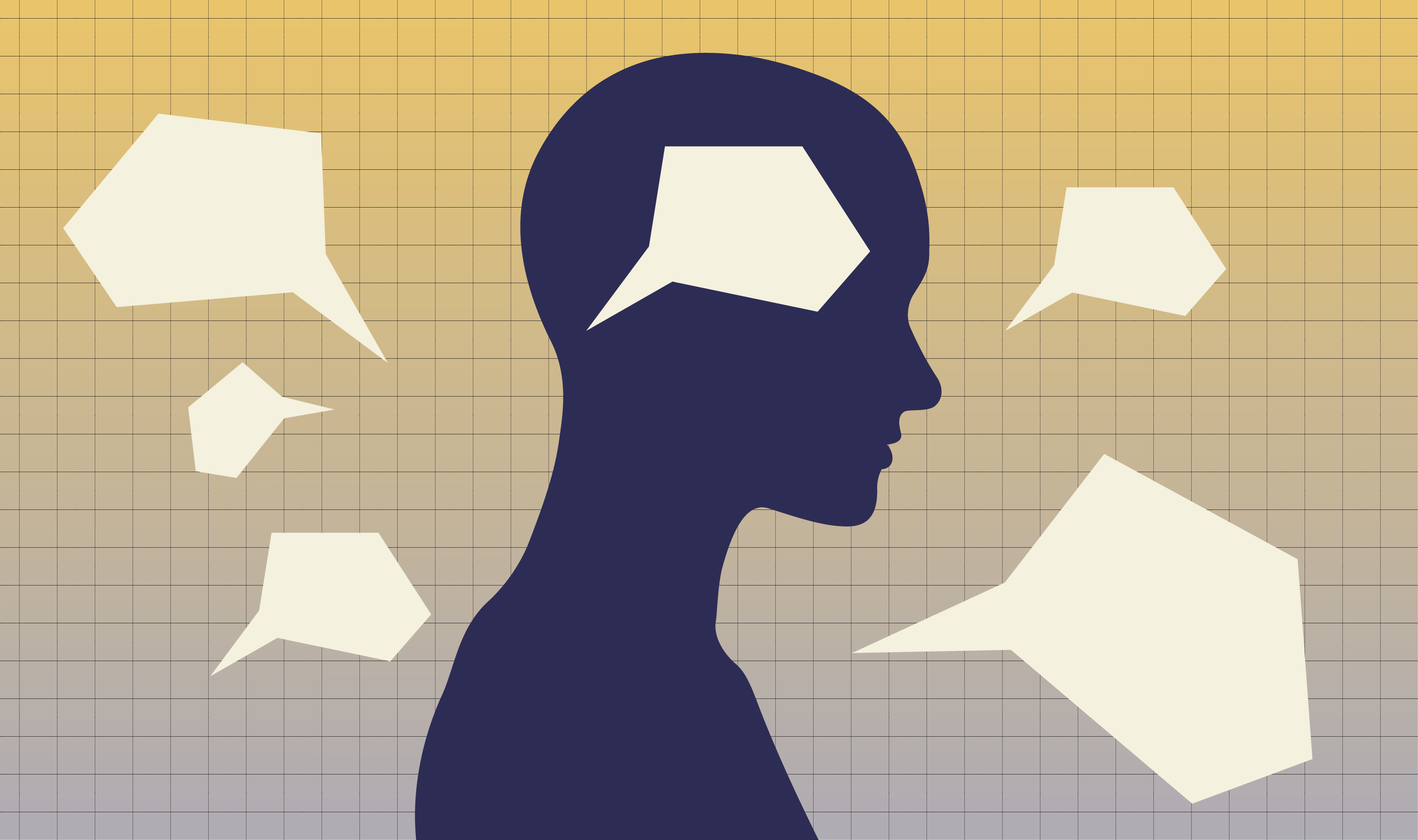Mother’s essay after daughter died by suicide sparks conversation about AI therapy risks
Social media users also discussed the mental health impacts of school shooter simulations and ICE arrests.

Social media users also discussed the mental health impacts of school shooter simulations and ICE arrests.
Last week, an opinion essay by a mother whose daughter died by suicide after seeking help from artificial intelligence sparked debate about whether AI therapy is safe. Social media users also weighed the mental health risks and benefits of active shooter simulations at schools and responded to a report highlighting how increasing Immigration and Customs Enforcement arrests are harming immigrant children’s mental health.
Given these conversations, communicators may recirculate information about the risks of AI therapy, offer tips for discussing school shootings with children, and share mental health resources for immigrants.

Insights brought to you by the reporters and science writers of Public Good News (PGN), a nonprofit newsroom dedicated to improving community health.
What’s trending nationally in conversations about mental health
On August 18, the New York Times published an opinion essay by a mother whose daughter sought help from a ChatGPT AI therapist and later died by suicide. The essay raised concerns that while the AI therapist did not encourage suicide, it lacked the ability to intervene when the daughter shared her suicide plan. The essay received widespread attention on social media, and one X post sharing a screenshot of the article’s title received approximately 24.4 million views as of August 27. Comments were mixed. While some lamented that ChatGPT doesn’t relay the IP addresses of people in crisis to emergency services, others suggested that people wouldn’t open up to AI therapists if that were the case, calling the platform a “safe space” for people to talk about suicidal thoughts without fear of involuntary hospitalization. Commenters also debated whether AI therapists are a safe alternative to human therapists, with some arguing that AI provides a critical free resource for low-income people.
On August 20, an X user shared a video of an active shooter simulation at a Missouri high school. During the simulation, a man jumped out from behind a row of lockers with a gun and fired a blank into the air before some staff fled and others tackled the man to the ground. The X user asked whether the simulation was “good, realistic training” or a “risky stunt.” The post garnered approximately 1.2 million views, 5,100 likes, 600 reposts, and 700 comments as of August 27. Some commenters praised the simulation, while others expressed concern that these kinds of simulations can be traumatizing for students and staff.
A new report from researchers at the University of California, Riverside School of Medicine warned that increasing ICE arrests are negatively impacting immigrant children’s mental health. Researchers discussed how fear of deportation and of being separated from caregivers increases the risk of anxiety, depression, and behavioral problems. Some social media users showed concern about the report's findings, but many others expressed anti-immigrant sentiments and suggested that undocumented parents—not institutions—are harming their children by “coming here illegally.”

Recommendations brought to you by the health communication experts behind Infodemiology.com.
Recommendations for public health professionals
Each week, the Infodemiology.com team will provide messaging recommendations in response to some of the trending narratives outlined above. These helpful tips can be used when creating content, updating web and FAQ pages, and developing strategy for messaging about mental health.
Debate about AI therapy provides an opportunity to educate people about its risks and recirculate free and low-cost mental health resources, including sliding-scale therapy, support groups, and the 988 Suicide & Crisis Lifeline. Communicators may also want to highlight suicide warning signs.
In response to discussions about these simulations and news of a school shooting in Minnesota this week, communicators may share tips for caregivers who are talking to children about school shootings. Communicators may also want to recirculate general mental health resources geared toward youth, such as therapist databases, support groups, local mental health centers, and mental health support hotlines, including the peer support hotline YouthLine and the Trevor Project’s hotline for LGBTQ+ youth. Sharing mental health resources for teachers is also recommended.
In response to conversations about immigrant children and mental health, communicators may share mental health resources for undocumented people of all ages and therapist directories where people can search for culturally competent mental health care providers. Communicators may also recirculate general mental health resources that are free or low cost, as well as tips for educators who are supporting undocumented students’ mental health.
